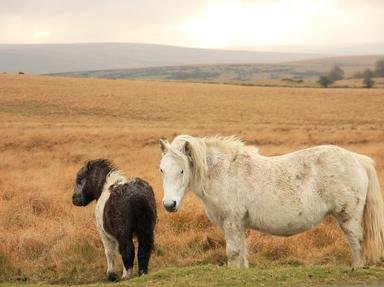Quiz Answer Key and Fun Facts
1. What is Scotland's only venomous snake?
2. Which huge, harmless shark is commonly found off the west coast of Scotland?
3. Which Scottish mammal is often called the 'Highland tiger'?
4. Which bird, once known for its booming call in Scotland's wetlands, is now only a rare winter visitor?
5. What makes the Highland cow unique compared to other cattle breeds?
6. Which bird of prey is considered one of Scotland's most iconic species?
7. What is Scotland's largest wild land mammal?
8. Which species of dolphin is commonly seen in Scottish waters?
9. The pine marten, native to Scotland, is related to the weasel?
10. Where do Scotland's colonies of puffins nest?
Source: Author
Kalibre
This quiz was reviewed by FunTrivia editor
rossian before going online.
Any errors found in FunTrivia content are routinely corrected through our feedback system.
